The Science
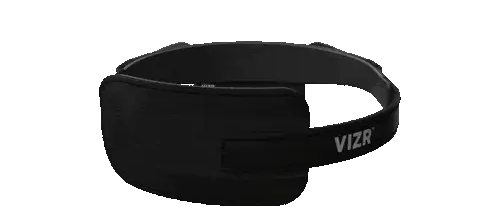
Behind neuroVIZR
Timeline
Ancient History
Ptolemy’s early light experiments (2nd century CE)
Long before neuroscience existed, Greek astronomer Ptolemy discovered that spinning light patterns could influence human perception. When people looked through a spinning wheel in sunlight, they reported vivid visuals and euphoric sensations. These simple observations hinted at the mind-altering power of rhythmic light—a concept that would later evolve into modern brainwave stimulation.
1940
Heading
1940s: W. Grey Walter’s EEG discoveries
British neuroscientist W. Grey Walter used EEG machines to show how flickering light could entrain brainwaves—aligning them with the pulse of external light. His work proved that the brain doesn’t just passively receive sensory input—it synchronises with it. This breakthrough marked the first time light stimulation was shown to influence cognition, creativity, and mood.
1960s–1970s
Rhythmic Drumming, Light & the Rise of Theta States
Research during this era focused on how repetitive sensory inputs—like tribal drumming or flickering candles—help the brain enter meditative theta states. These are the same brain states linked with dreaming, memory formation, and inner awareness. It was a time when ancient practices began to intersect with controlled lab environments.
1980s
Meditation becomes more accessible
The 1980s saw the emergence of the first commercial audio-visual entrainment (AVE) devices. These used headphones and light goggles to replicate focused, meditative states through rhythmic stimulation. For the first time, people could experience guided brain training at home—no guru required. This era laid the foundation for all consumer-grade neurotech tools to come.
2000s
Innovation grows
Though brainwave entrainment technology advanced, devices remained bulky, expensive, and often difficult to use. Adoption was mostly limited to biohackers, elite therapists, and niche clinics. But the groundwork was being laid for a new generation of tools that would finally bring this science into the mainstream.
2019
MIT & the Alzheimer’s breakthrough
Researchers at MIT showed that 40Hz gamma light and sound stimulation could reduce amyloid-beta plaques in the brain—a key contributor to cognitive decline and Alzheimer’s. This was a watershed moment. It offered the first strong scientific validation that brainwave stimulation could protect and restore cognitive health, even at a biological level.
2022
neuroVIZR Launches: Wellness Meets Science
After years of development, neuroVIZR launched to make brain engagement simple, stylish, and effective. With built-in Light Composer software and an intuitive app experience, users could now train their brain, relax deeply, and reset their mental state—all with one headset. It was the start of a new era in personal mental wellness.
2023–Present
Real Results, Backed by Modern Research
In 2023, an observational study showed neuroVIZR helped users reduce stress, sharpen focus, and feel deeply relaxed—after just 11 minutes. By 2024, global research further validated the approach: gamma wave stimulation was shown to protect brain white matter, improve neural connectivity, and reduce inflammation. Today, neuroVIZR is trusted by therapists, athletes, and wellness leaders around the world.
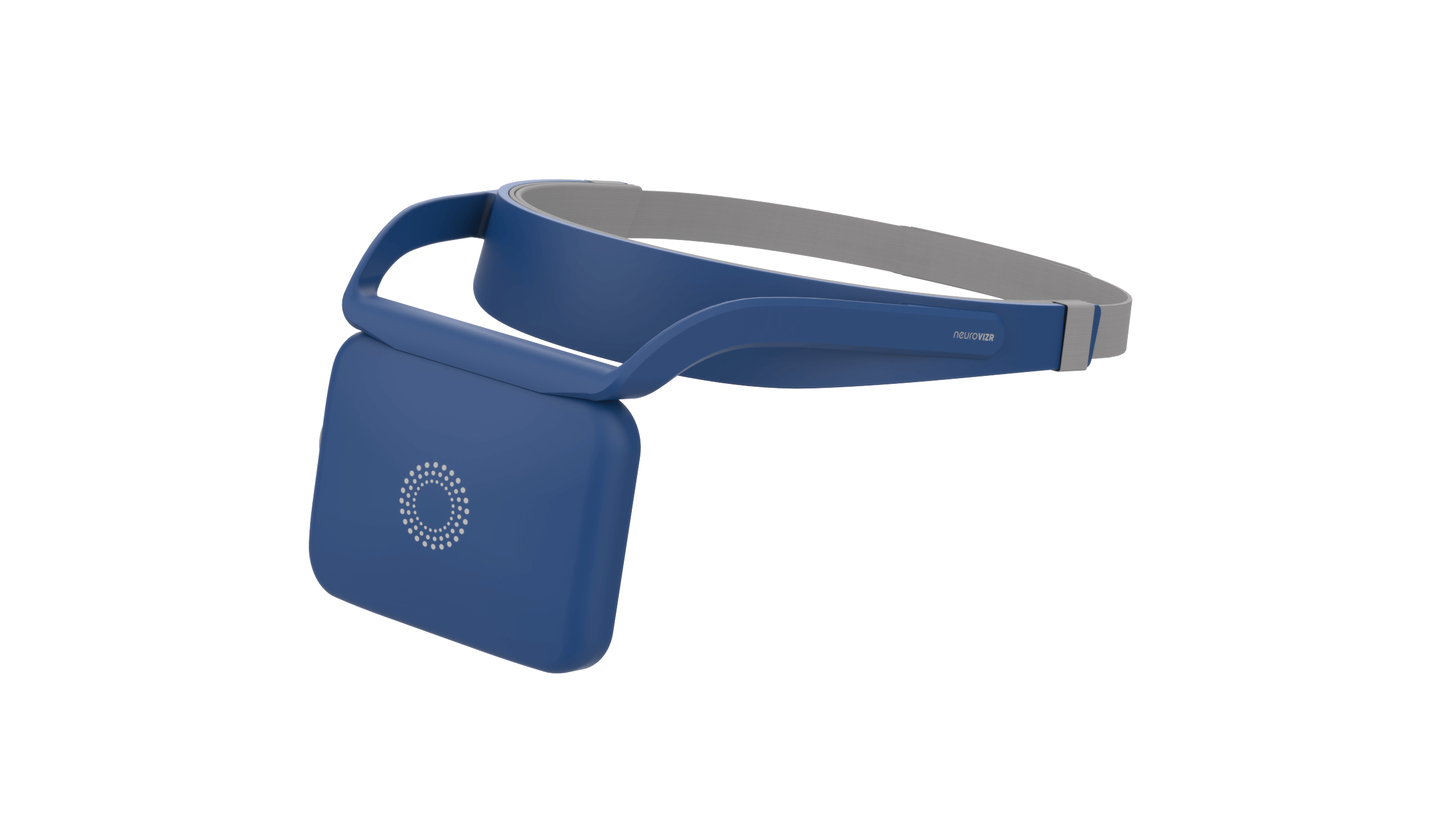
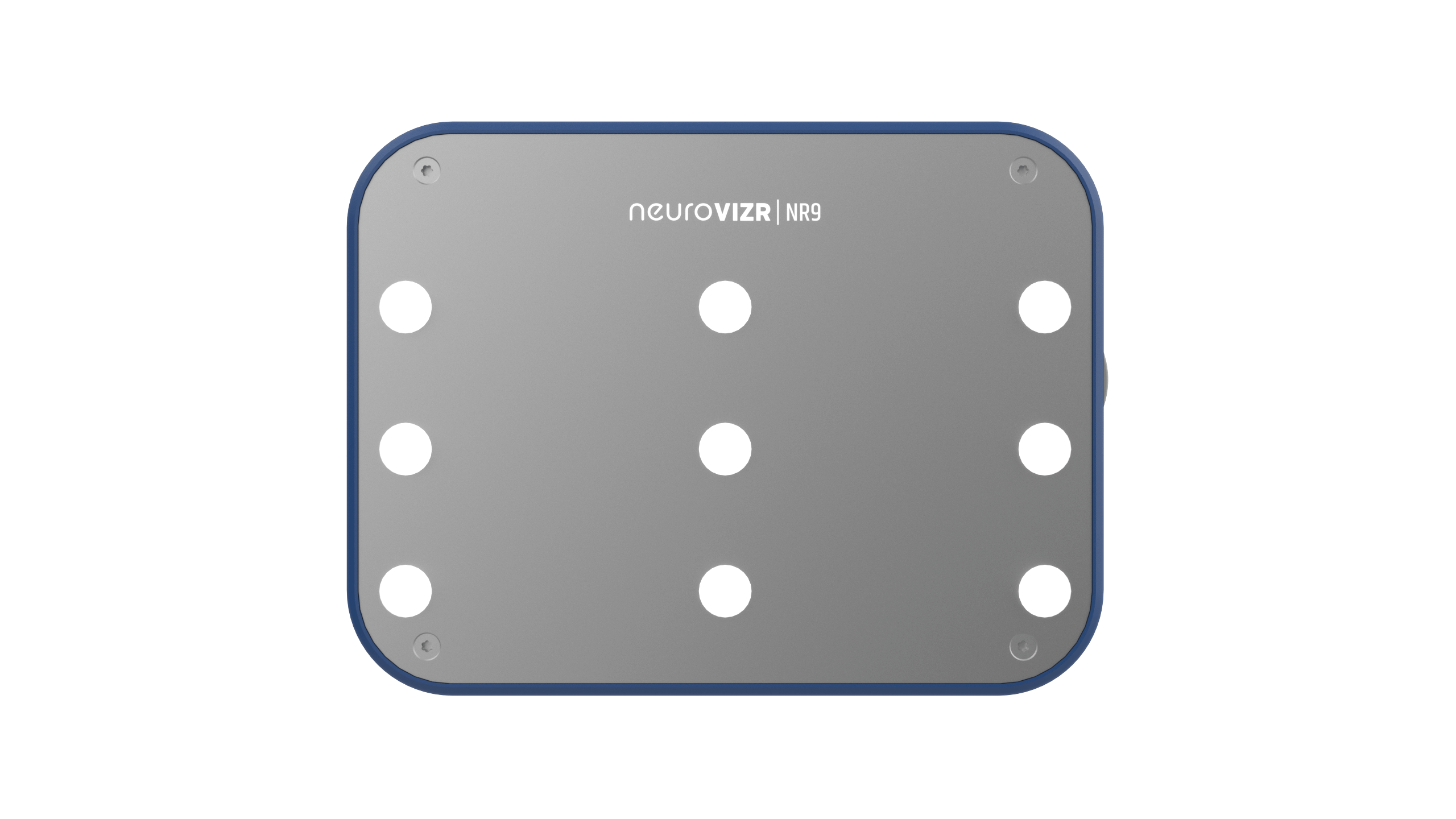
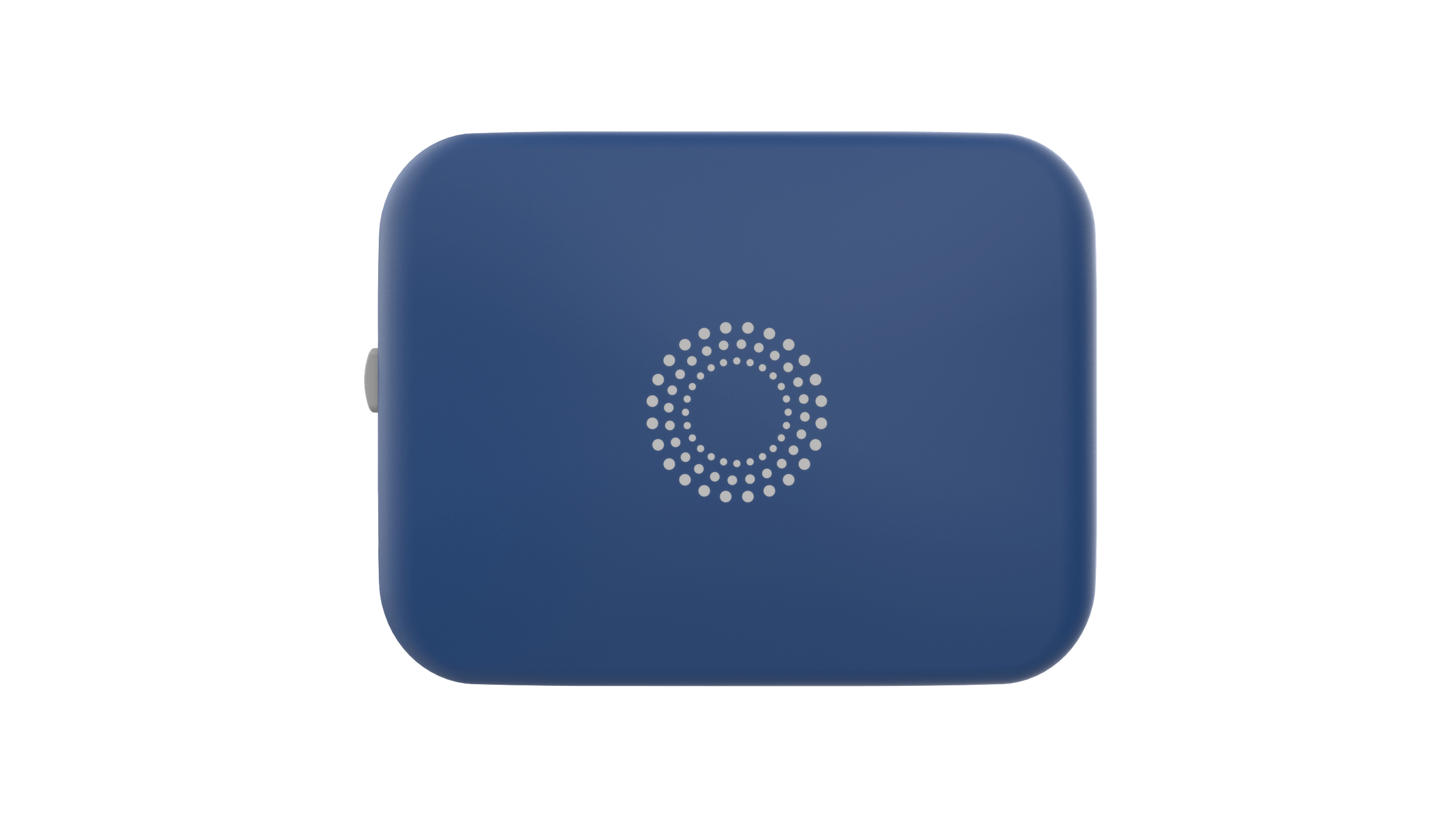
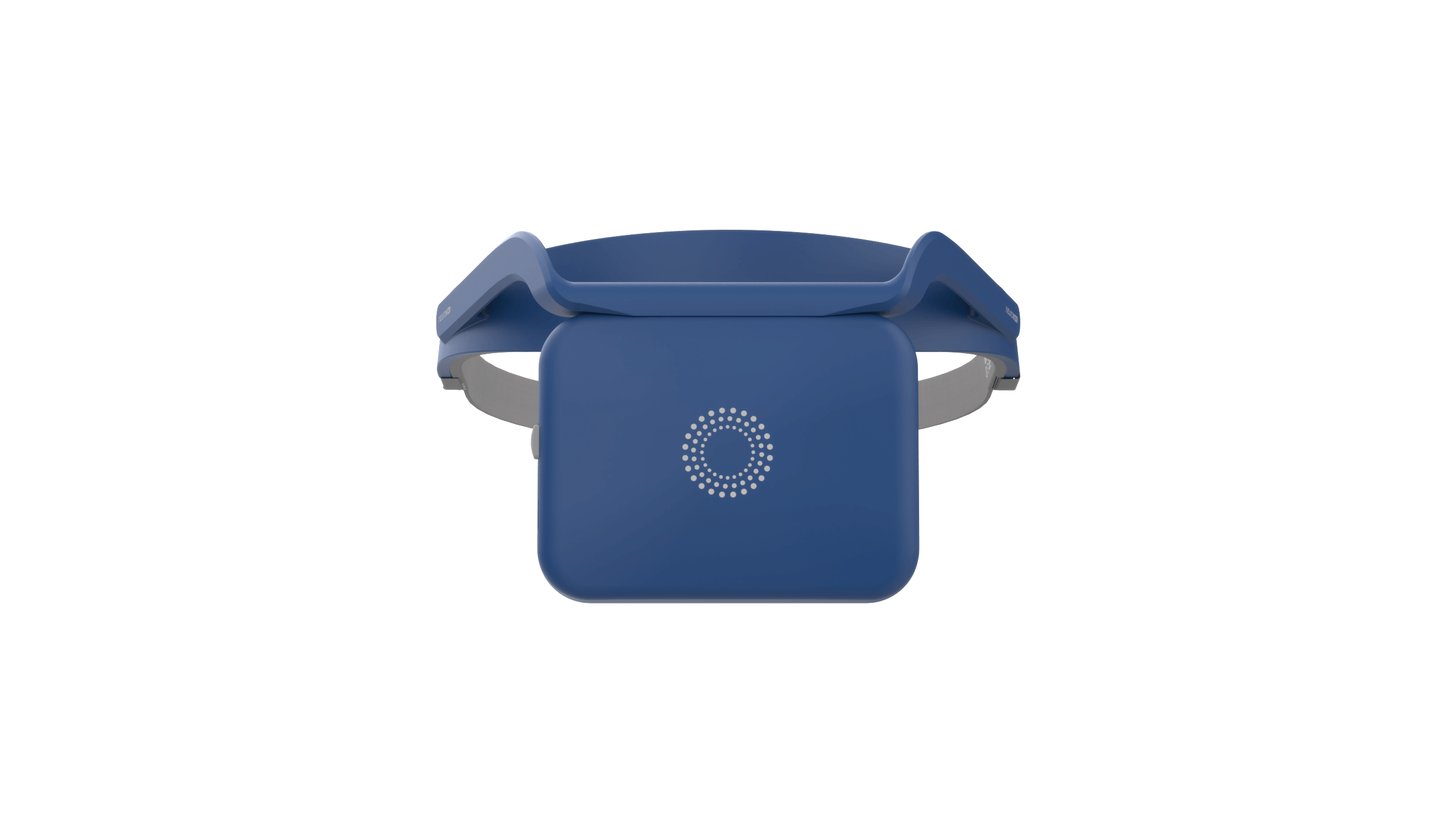

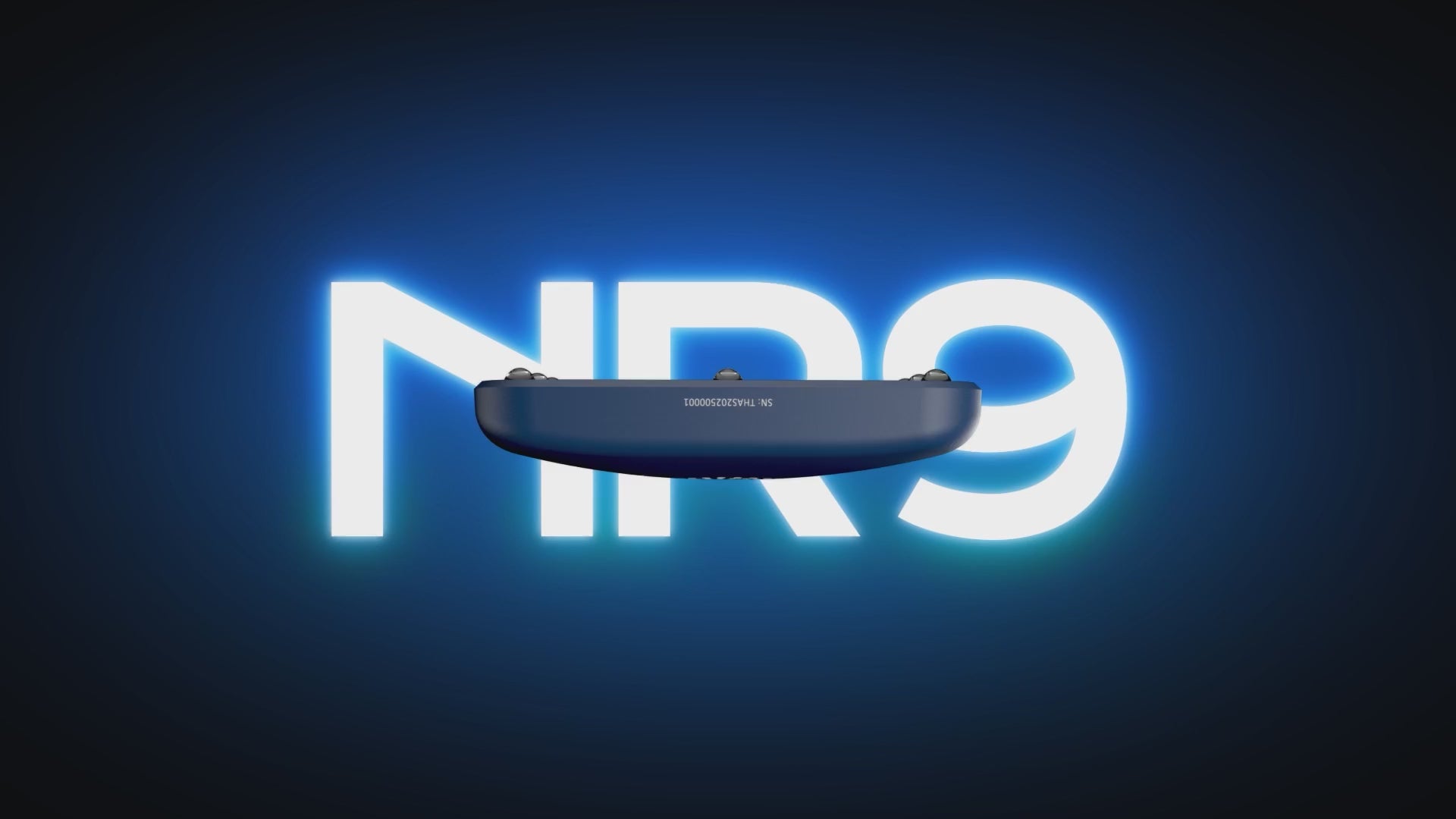
neuroVIZR - Brain Wellness & Relaxation Device
Neuroplasticity is your brain’s natural ability to change and adapt by forming new connections. Think of it as your brain’s way of learning and evolving.
When exposed to the right stimuli—like specific lights and sounds—the brain engages with these inputs, creating new neural pathways that can improve focus, relaxation, or creativity.

